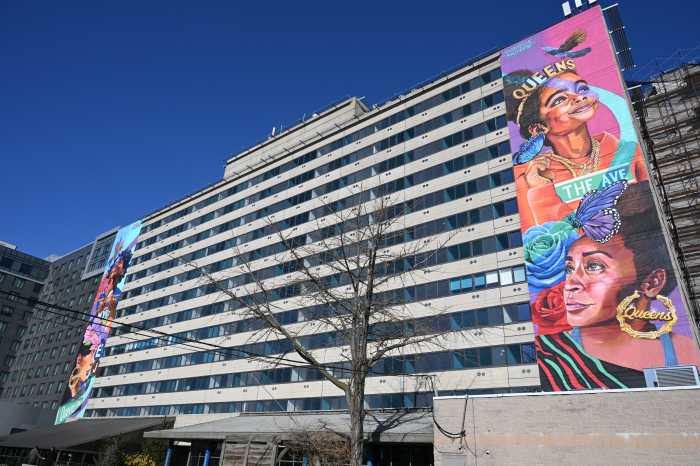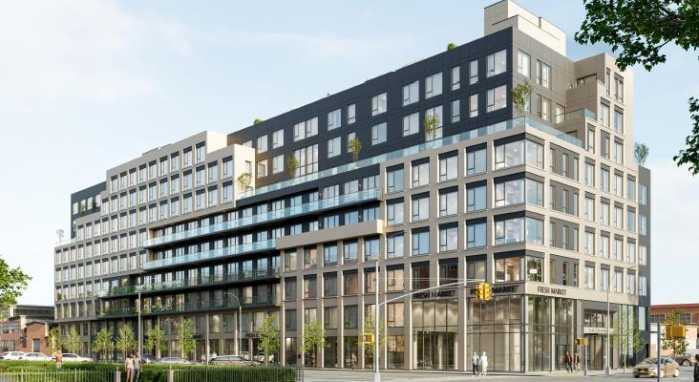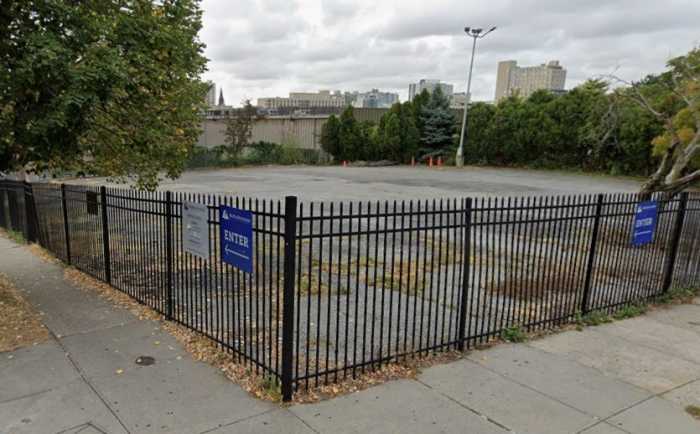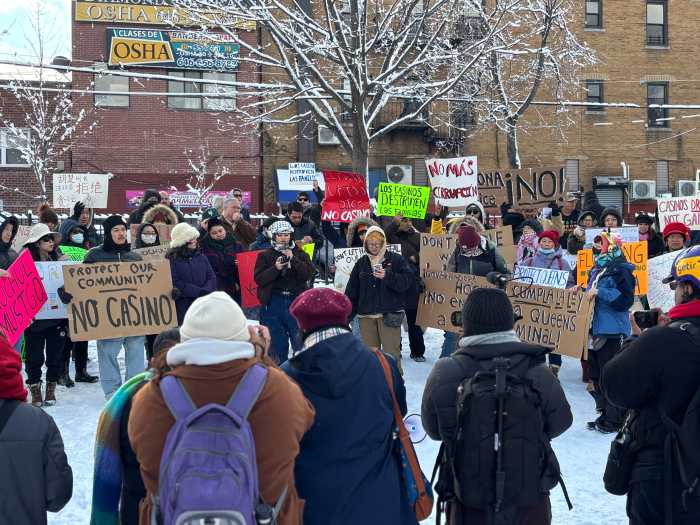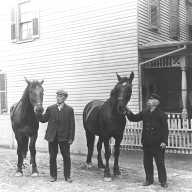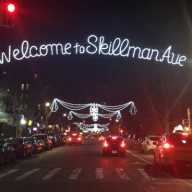Lower-density neighborhoods in New York City are becoming more common and more diverse, according a study released by the independent research and education nonprofit Citizens Housing and Planning Council, which is dedicated to addressing the housing and planning needs in New York City.
Other key findings include a desire for more cheap multifamily housing units, those with children are more interested in lower-density neighborhoods, residents are concerned about being able to afford living there and African Americans living there face more financial stress.
The study, based on the response of 800 residents who live in lower-density neighborhoods, revealed that over the past 20 years, traditionally white neighborhoods have become more diverse. Asians now account for 19% of the residents in these neighborhoods, up from 12%, with the Hispanic population consisting of 26% of the residents, up from 22%. The study characterizes a lower-density area as one with low building heights, landscaped yards and a high amount of car ownership among residents, similar to a typical suburb.
The population of New York City has grown more diverse over the last 20 years, including in lower-density neighborhoods. During that span, the Asian population there has increased from 12% to 19%, The Hispanic population has grown from 22% to 26%.
There is a desire among many lower-density residents to see multifamily buildings added. In addition to providing much more housing, this these units would also likely be more affordable. However, some neighborhoods have zoning restrictions that would prevent these buildings from being created.
Parents who are raising young children are more attracted to lower-density neighborhoods. These areas provide more living space for growing families, just like most suburban neighborhoods. 34% of households with children said they wanted more living space. Conversely, 27% of those without children said they anticipate downsizing or moving to a less expensive home.
Many residents expressed concern about being able to afford continuing to live in these areas. High housing costs have had a heavy impact on renters and owners. This could result in them not being able to live in these neighborhoods in the long-term. Additionally, finding potentially cheaper homes in these neighborhoods proven difficult. Affordability was identified as the biggest challenge for most when it came to finding a new home.
African American residents were found to have faced more housing or financial stress. More than one-third of respondents claimed having to delay a rent or mortgage payment. This was more than double the amount of all other racial and ethnic groups. They also reported facing foreclosure at a higher rate than all other racial and ethnic groups.
These findings are intended to help guide housing reforms, including the “City of Yes” zoning changes, to enable more housing in these lower-density areas, as well as all other neighborhoods in New York City.
“If we expect policymakers not to cater only to the loudest, most empowered voices, but to make decisions that address real resident needs, we need to give them a clear and complete picture of those needs,” Citizens Housing and Planning Council Executive Director Howard Slatkin said. “So, we asked residents directly. Our polling highlights how restrictions in low-density districts are contributing to financial stresses on residents, and a housing stock that just doesn’t fit the diverse and dynamic needs of the people who live there.”
Lower-density residence districts in New York City are are characterized by low building heights, landscaped yards and a high amount of car ownership among residents, similar to a typical suburb. These areas are usually found far from central business districts, with limited access to mass transit. While some of these neighborhoods are comprised entirely of single-family detached homes on large lots, others may have one- and two-family detached homes on smaller lots. Some neighborhoods even have detached, semi-detached and attached buildings all mixed together.


